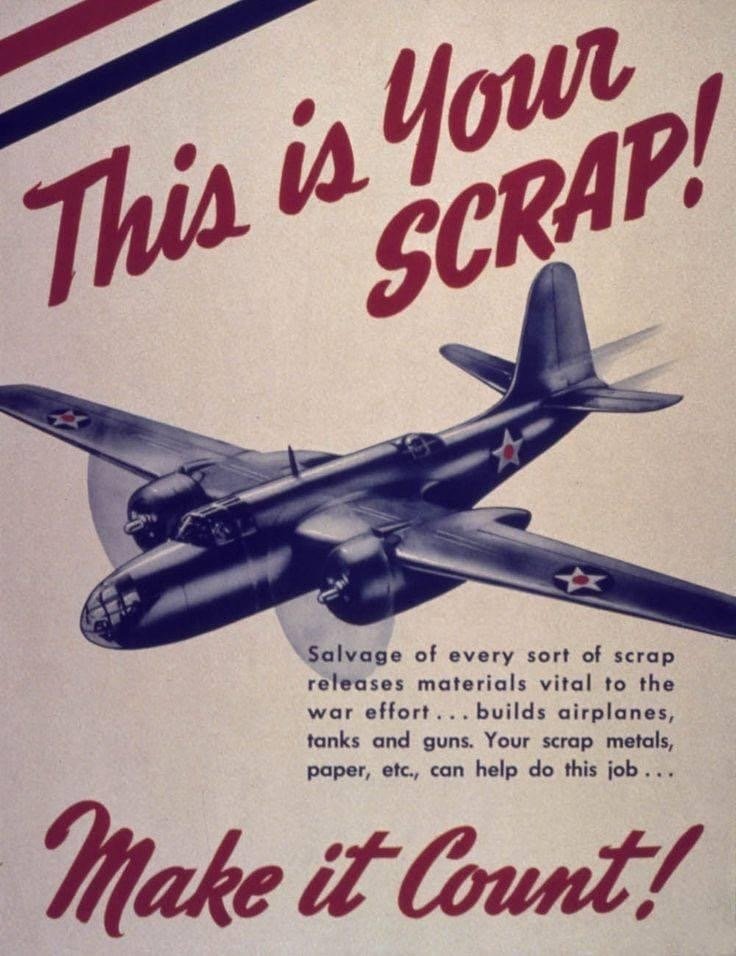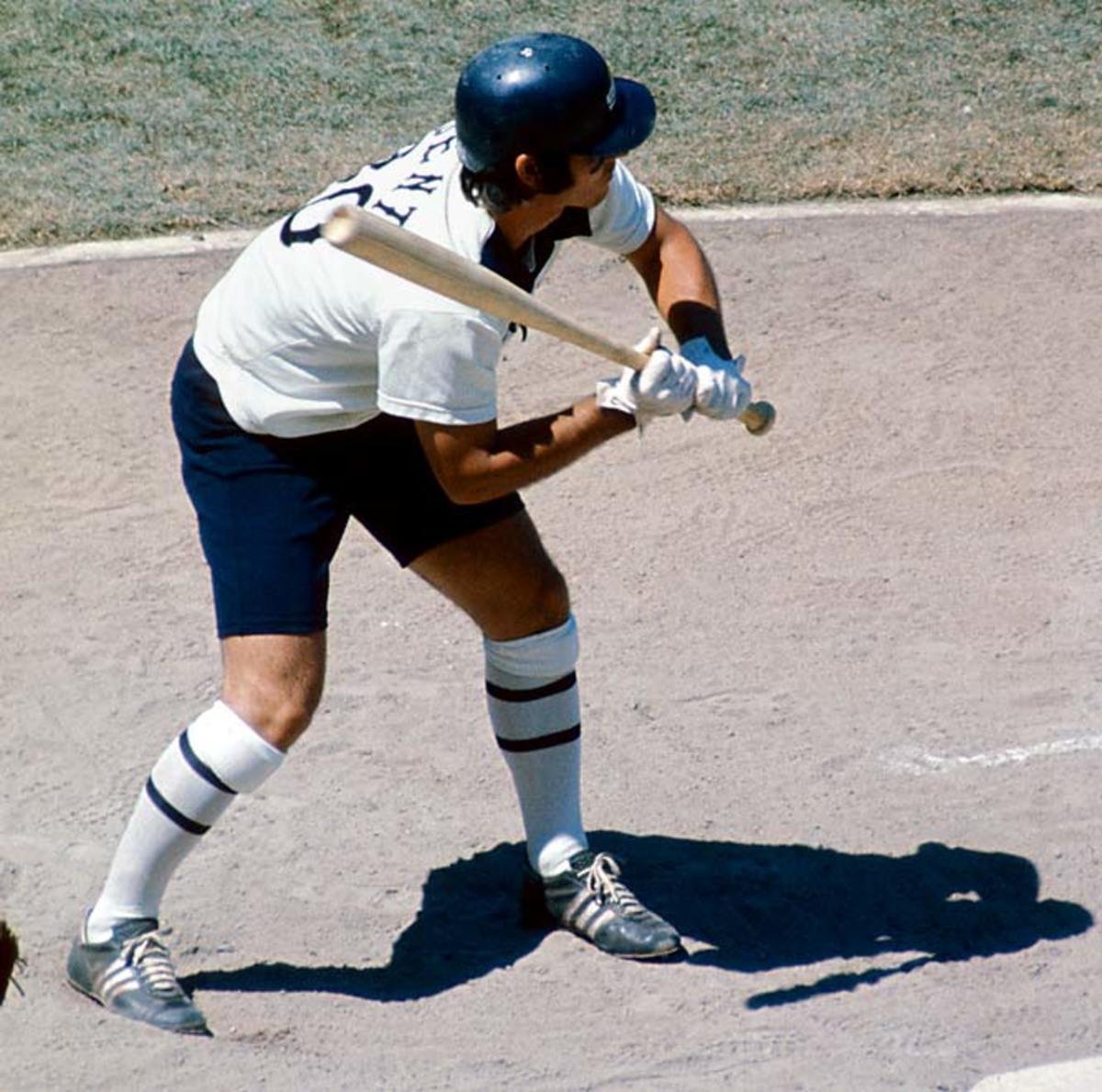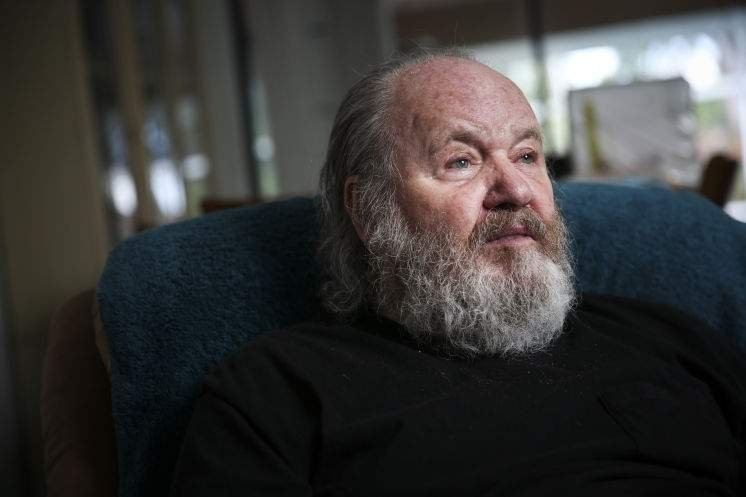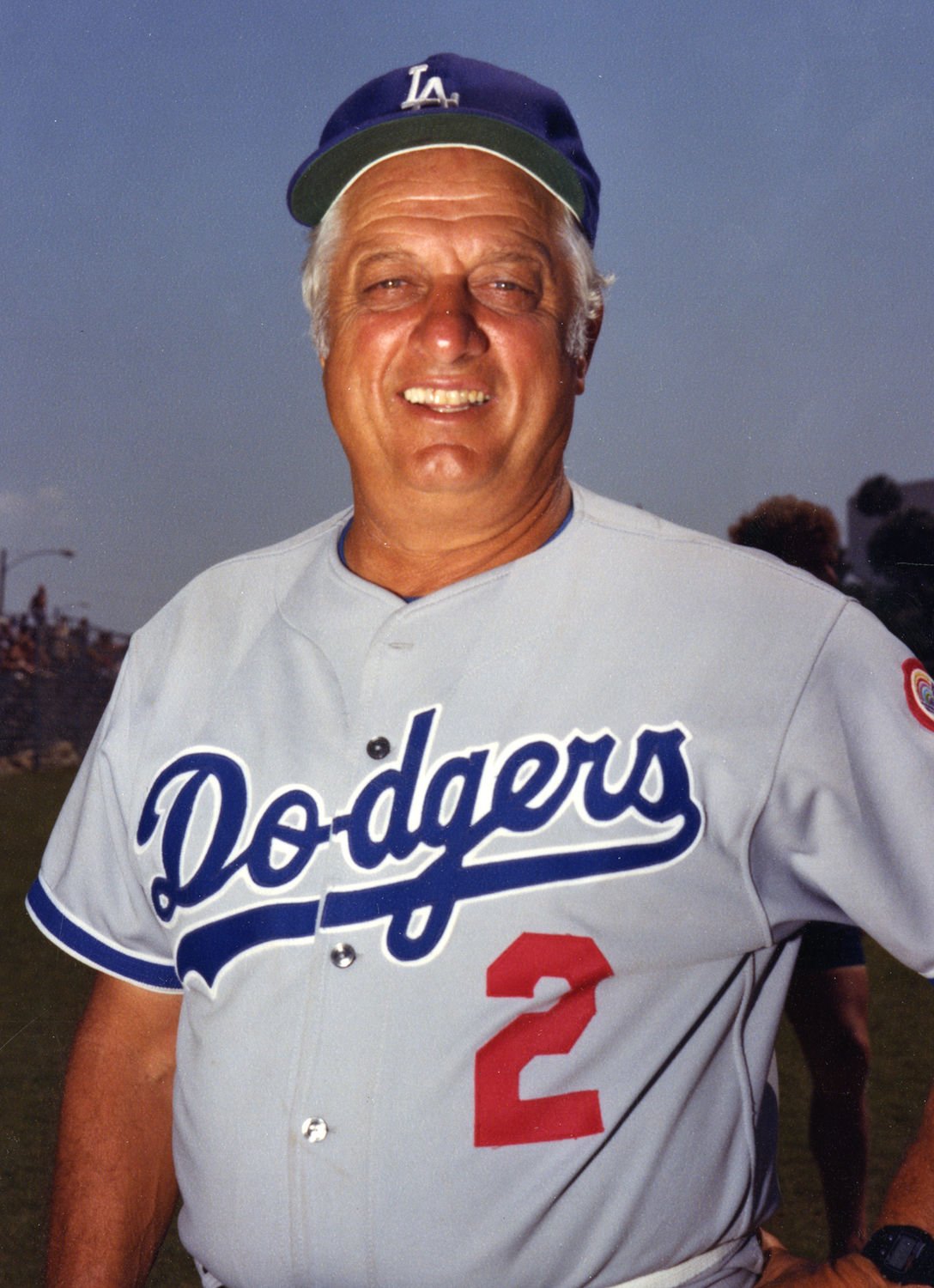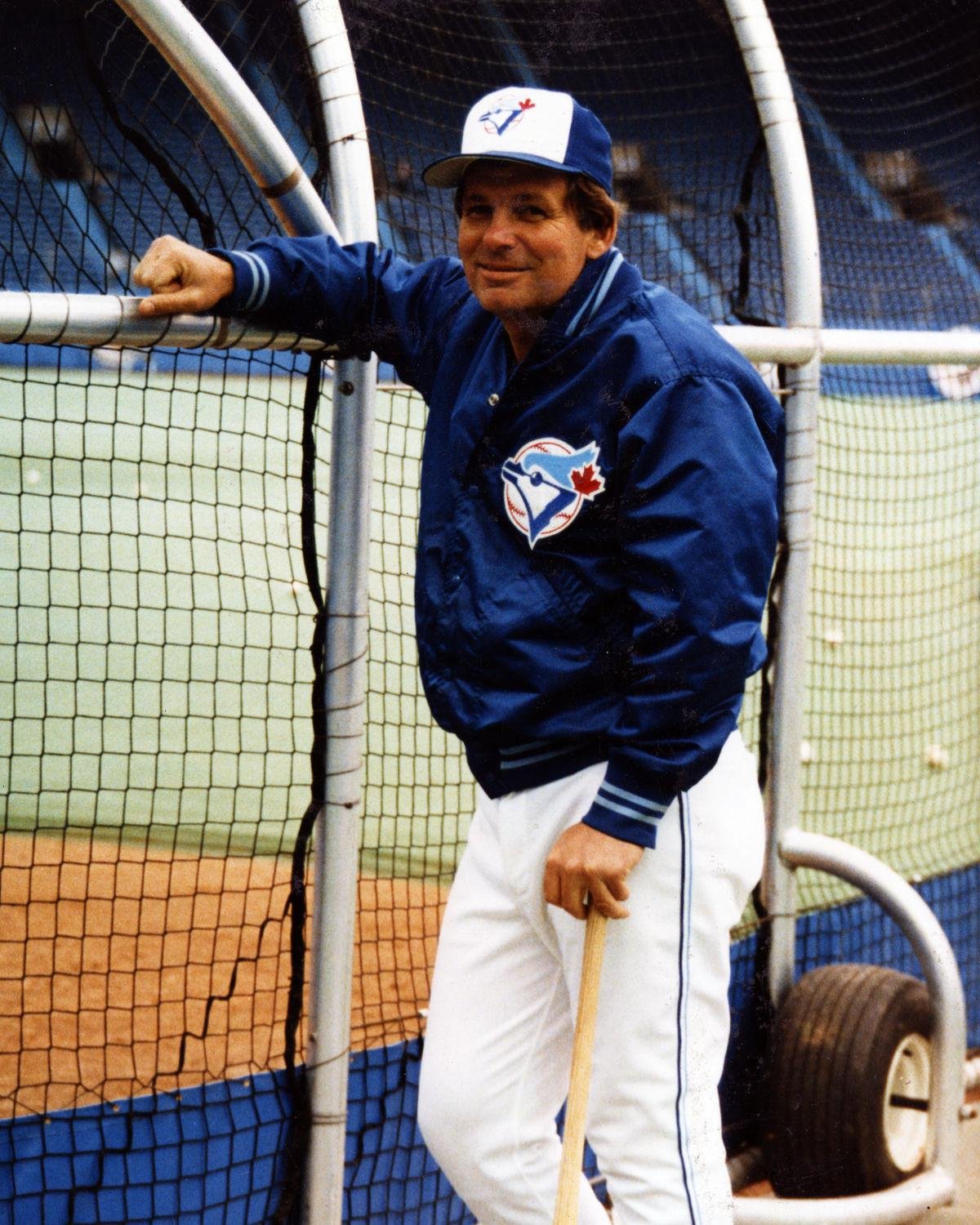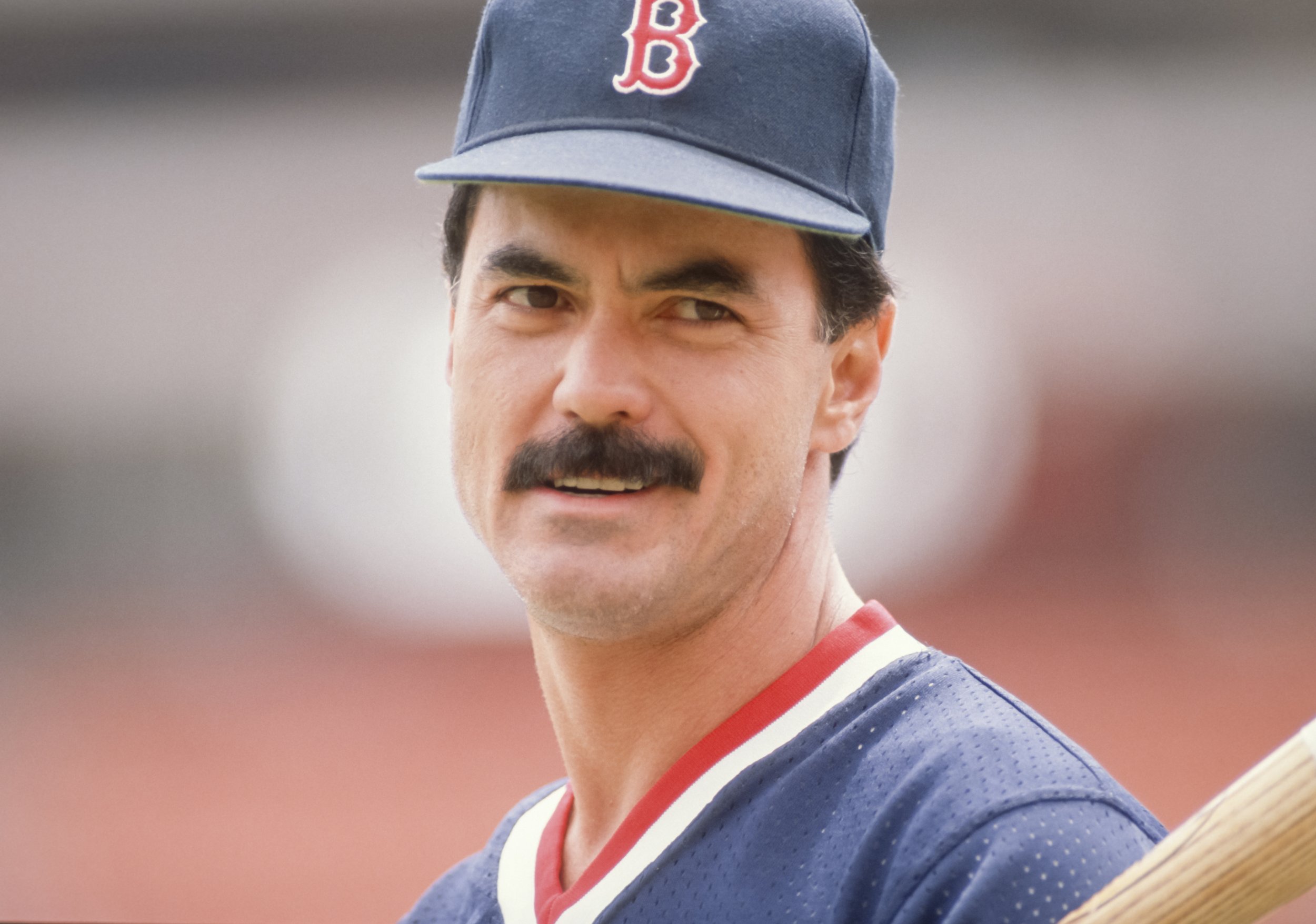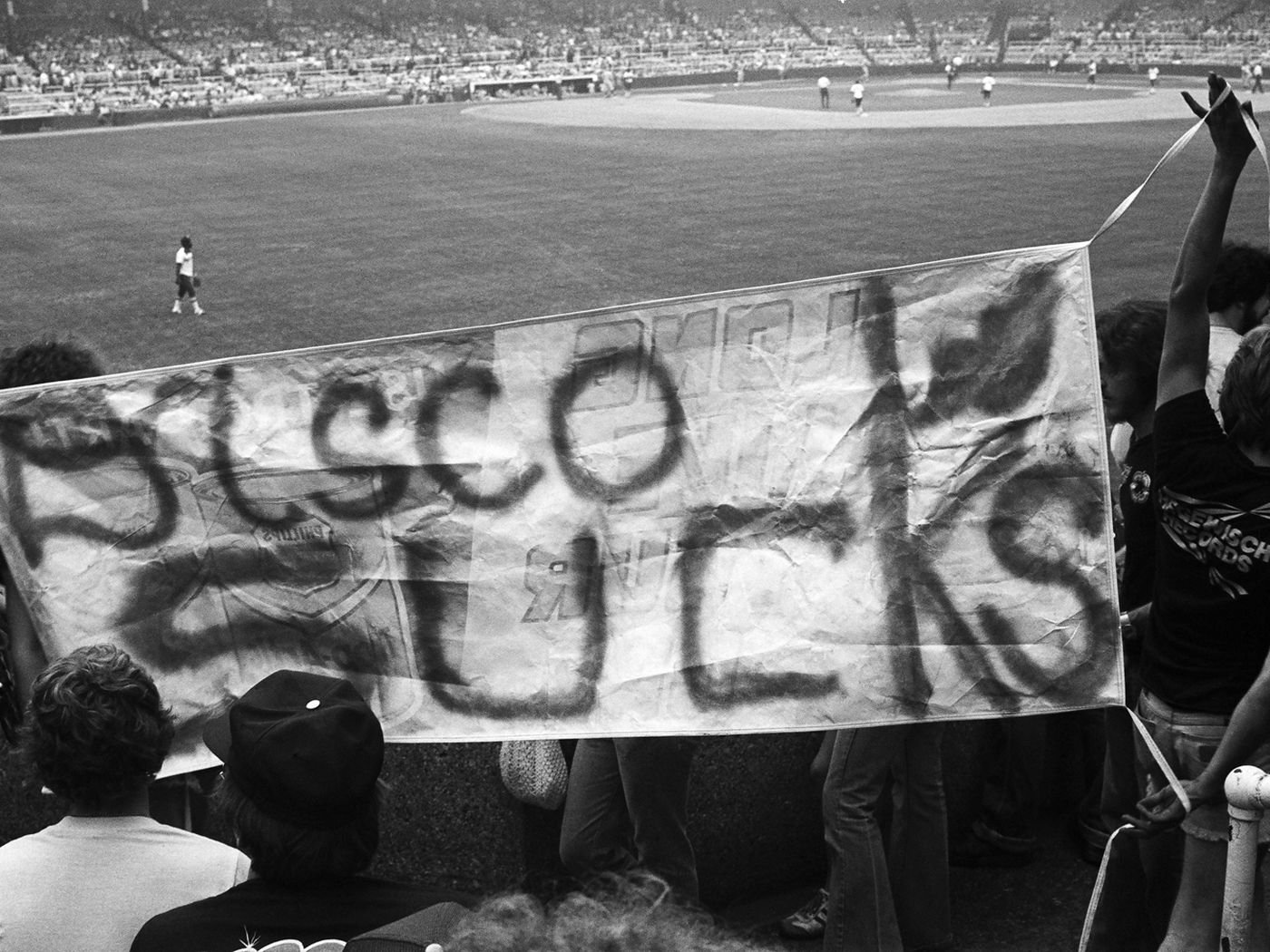As in nearly any customer-driven business, finding unique ways to bring in more clients has been a major goal for team owners since the beginning of professional baseball. This has included several amazing ideas such as bobblehead giveaways, ticket discounts, special theme nights. However, there have been a few promotional ideas that went a little too far – and some that were nothing more than straight up bad publicity stunts. Today, we will be ranking the 10 worst and most embarrassing publicity stunts, giveaways and P.R. disasters in MLB history - some of these are absolutely unbelievable, including several poorly thought out giveaways and wild theme nights that led complete catastrophe. I have two dishonorable mentions, the first that only failed to make the list because it didn’t actually come to fruition.
Dishonorable Mention #1: The Spider-Man II Bases
Believe it or not, back in 2004, Bud Selig, the then-commissioner of Major League Baseball, planned on introducing a promo that would put advertisements on the actual field of play – in this case – the bases themselves. MLB had come to an agreement with Sony Pictures to display the logo of their new film, Spiderman II, on the bases of MLB games during a weekend series in June to promote the upcoming release. And it would’ve happened too, if the fans and players themselves didn’t completely reject the idea. Even politicians and former commissioners blasted Selig and he eventually canceled the promotion. I’m sure there were plenty of Spiderman II advertisements throughout the ballparks that month, but at least they weren’t on the bases themselves. Of course, now that advertisements are on the uniforms, it might be only a matter of time before this terrible idea comes back to the forefront.
Dishonorable Mention #2: Scrap Metal Day at the Polo Grounds
This one comes in as a mention, because it was a promotion for a good cause, even though it came with an epic backfire. It was September 26th, 1942. American troops were fighting overseas in World War II, but it was a regular day as far as baseball goes as the season was winding down and the New York Giants were taking on the Boston Braves the Polo Grounds. Both teams had already been eliminated from the postseason. The New York Giants decided to put on a special promo for a Double-Header that would soon regret. To help with war effort, the team offered free admission to any child who came to the ballpark with any kind of scrap metal, which could be recycled and used to help build ships, planes and other equipment. The result was a ballpark full of 10,000 kids, many unsupervised, who had lugged 250 lbs of precious metal into the ballpark. By the 8th inning of the second game, many of the kids were restless, as the Giants were getting ready to wrap up the sweep, leading 5-2. After Warren Spahn recorded the final out of the 8th, some kids thought the game was over and rushed the field in an effort to meet their favorite players such as Mel Ott and Jonny Mize. More kids followed in their footsteps and things quickly got out of hand as a mob of youngsters took over the Polo Grounds. At the umpire’s request, the game was forfeited right then and there, and the Braves were given the win. Since Warren Spahn completed the game, he was given a complete game but not a win since the Braves victory was by forfeit, making Spahn perhaps the only pitcher to ever throw a complete game but not get a decision.
Now, let’s get to the Top 10...
10. Celebrity Spring Training Appearances
I decided not to include Michael Jordan or Tim Tebow’s attempts at a career in pro baseball career in the Top 10, even though many fans considered them publicity stunts. I believe both players gave it 100% and did relatively well considering they’d been away from the game for so long. Had they been promoted to the big leagues despite hitting around .200 in the minors, I would’ve probably had to include them on the main list. However, I will include the many non-professional athletes who got an opportunity to play in Spring Training. While this can fun and entertaining if done right, such as Will Ferrell playing for 10 different teams in one day back in 2015, I’m generally not a huge fan of it, especially when it goes on for more than 1 day, such as the case with country music legend Garth Brooks, who was given 22 at bats with the Padres in 1999, going 1-for-22. Incredibly, he got to come back in 2000 with the Mets and went 0 for 17 and then made another appearance with the Royals in 2004. Apparently, he really did have friends in low places. Other celebrities who got some playing time include Kevin Costner, Tom Selleck, Bruce Hornsby and Billy Crystal. It kind of bothered me that guys who only played in High School at best get to play in MLB Spring Training because of their fame elsewhere. Don’t get me wrong though, if each team ever invites a YouTuber to represent them in a game, I’m ready to go!
9. Vuvuzela Giveaway Night
The Vuvuzela is a small and typically inexpensive instrument that can produce a very loud, monotone note. With all respect to the communities and people who enjoy this instrument, it can be extremely annoying, especially when multiple vuvuzelas are being played at once. It has been such a problem that the NCAA permanently banned them in 1987. They’ve also been banned at a variety of sporting events and venues around the world, which makes it all the more puzzling how the Florida Marlins thought it would be a good idea to actually give out Vuvuzelas to the fans as stadium giveaway in 2010 before a game against the Tampa Bay Rays. 15,000 fans had vuvuzelas and many of them buzzed away throughout the entire baseball game. Marlins President Dave Samson received complaints in the form of e-mails and text messages throughout the game, including one from special assistant Jeff Conine, who said he was getting a headache. The players had to wear earplugs just to get through the game. "That was the worst handout or giveaway I've ever been a part of in baseball," second baseman Dan Uggla said. The noise was so bad, it caused confusion between the umpires and managers when discussing lineup changes. One player was called out by Umpire Tom Hallion for batting out of order, but Freddie Gonzalez had told him about the switch – he just couldn’t hear him. Gonzalez was ejected for arguing the call. “It was the most uncomfortable baseball game I’ve ever been a part of,” said Hallion.
8. The White Sox Wear Shorts
Long-time MLB owner Bill Veeck was known for his wild and crazy promotional ideas throughout his career. Some were brilliant and others not so much. For example, he had helped design some new uniforms for his Chicago White Sox players one off-season that included actual shorts instead of baseball pants. He had the players try them on as part of a fashion show before the season, but no one thought they would actually wear them in a regular season game. Then, on August 8th, 1976, Veeck ordered his club to wear the special unis for the first game of a Double-Header against the Royals. The Royals ended up losing the game, perhaps because they were so distracted laughing at and making fun of the White Sox. The uniforms became the laugingstock of baseball, but at the same time, some players actually liked them. The White Sox ended up wearing them for 2 more games that season before retiring the idea forever. They won all three games that they wore the infamous shorts, and Veeck determined the gag had run its course.
7. Ball Night at Dodger Stadium
August 10th, 1995, was just another normal day with various MLB games on the schedule, including one at Dodger Stadium between the Dodgers and Cardinals. The Dodgers were holding a special giveaway – a free baseball to commemorate their recent Rookie of the Year winners. A total of 25,000 were given out. It sounded like a harmless enough giveaway, but remember – baseballs are made to be thrown, and if drunk baseball fans get angry – well, they’ll probably throw something. And sure enough, after some egregious calls on the field by the umpires, the fans began throwing their baseballs onto the field. In the 7th inning, the game had to be delayed as hundreds of baseballs littered the field. After a long delay collecting the balls, the game resumed, but in the 9th inning, after Raul Mondesi began arguing a strike 3 call that was clearly off the plate, a shower of baseballs came raining onto the field again. Both Mondesi and manager Tommy Lasorda were ejected for arguing. Once again, the field was cleaned up and play resumed. Reportedly, there were no warnings from the P.A. Announcer to stop throwing baseballs onto the field, but if you’re watching this and you were at that game, please let us know in the comments section, along with any more details you can offer. Almost immediately after the game resumed for the second time, one fan in the bleachers couldn’t help himself and fired another baseball onto the field. The umpires immediately ended the game, which went to the Cardinals, who had a 2-1 lead. It remains the most recent forfeit in MLB history and set a precedent that when giving away baseballs, they should be given out as the fans are leaving, not entering.
6. Turn Ahead The Clock Night
In the early 1990’s, teams started a popular promotion of wearing throwback uniforms just like the ones worn back in the 40’s or even earlier. Fans loved the look of the old uniforms and many players enjoyed them too. Then, in 1998, the Seattle Mariners decided to do the opposite, and put on a fun promotion wearing uniforms from the future, designed in large part by Ken Griffey Jr. It would’ve been a one and done promotion that every one forgot, but then in 1999, the promo went MLB-wide. All but 8 teams took the field wearing some of the ugliest uniforms in MLB history - wild unis with cut off sleeves, untucked jerseys, and wacky logos. Teams even changed their names, such as the Mets going by the Mercury Mets. The logos were completely outlandish and the names and numbers printed in different directions than they would traditionally be. The consensus opinion was that they looked hideous.
The worst part might have been that the uniforms were supposed to represent 2021, a year that has already come and gone . These uniforms were so out there, they should’ve picked a year at least 100; maybe 200 years in the future. At the end of the day, the uniforms were completely panned and the promo was a total failure, although I have to give them props for at least going all out with it.
5. The Sisters of Perpetual Indulgence
This might be controversial to include as it was a very recent promotion that was met with both major criticism and major support, but I can’t imagine the Dodgers organization felt satisfied after all was said and done. It was during the 2023 season when the Dodgers scheduled the Sisters of Perpetual Indulgence to receive a Community Hero Award at their annual Pride Night game. The Sisters, according to Wikipedia, are a street performance movement that uses drag and religious imagery to satirize issues of sex, gender, and morality and fund-raise for charity. The invite was heavily criticized by religious groups along with many fans and politicians, leading the team to dis-invite the group. Then, criticism came just as, if not more heavily, from other fans and politicians who supported the Sisters. Supporters of the LGBTQ community and organizations such as the Los Angeles LGBT Center demanded the Dodgers re-invite them. So, the Dodgers did just that, making another about-face, re-inviting them, which of course lead to more backlash from the religious community among others who believed the Sisters to be an anti-Catholic hate group who mocked religion and performed acts that would not be considered family-friendly. Even some Dodgers players, such as Clayton Kershaw and Blake Treinen criticized the inclusion of the Sisters while MLB player Trevor Williams said it was a violation of the team’s discrimination policy. Social media buzzed with videos and debates over the entire situation and thousands of Catholics and supporters protested outside of Dodger Stadium during the event. Regardless of whether you support the decision to invite this group or not, I would say its pretty obvious that the Dodgers definitely didn’t mean to spark such a massive controversy and piss off about half their fan base along with some of their own players, and they would probably have never invited the Sisters in the first place if they could do it all over again.
4. Wet T-Shirt Night at Fulton County Stadium
Speaking of events that aren’t so family friendly, in 1977, a struggling Major League team known as the Atlanta Braves determined that any publicity is good publicity and in order to lure in some extra male fans to the stadium, decided to actually have a Wet T-Shirt Night at Fulton County Stadium. Attendance did increase some as 11,451 fans showed up to watch the Braves take on the Cubs. Beginning in the 6th inning, it was announced that registration was open for the Wet T-Shirt Contest which would take place following the game. Fans could watch as the beautiful Georgia girls signed up for the contest and then after the Braves got destroyed 13-4, the competition went on as planned, with 43 women participating. They were hosed down as men, women and children looked on. As it turned out, the woman who won was a the daughter of a preacher. I’m sure that didn’t go over well. I won’t judge any one who enjoys a good wet t-shirt contest, but is an MLB game, which is supposed to be a family-friendly event, the best venue for one? I think not. Since it occurred in the late 70’s, before the social media era, the backlash was not nearly as strong as it might be today, but several fans voiced their displeasure at the event, which definitely crossed a line.
3. Eddie Gaedel
And coming in at #3 is another invention of the great Bill Veeck, who purchased the St. Louis Browns in 1951 and came up with some wild innovations and publicity stunts to compete with the local St. Louis Cardinals, the better and more popular team at the time. By far, his most famous decision, and the craziest and biggest publicity stunt in MLB history, was to sign Eddie Gaedel, a 3’7” 60 lb professional performer Veeck found through a booking agency. He was issued a uniform with the number 1/8 and popped out of a paper-mache cake in between games of a doubleheader to celebrate the 50th Anniversary of the American League. It was seen at first as one of Veeck’s more mild stunts and the sponsor of the promotion was disappointed. Little did they know what was going to happen in the second game of the Doubleheader. In the bottom of the 1st inning, Browns manager Zack Taylor sent up the little man to pinch hit. He had been added to the active roster, and the umpires had no choice but to let him hit. Even the Browns players had no idea Gaedel would actually play in the game. Pitcher Bob Cain laughed at the absurdity of the situation and the catcher had to catch from his knees. Gaedel walked on four pitchers and bowed to the crowd on his way to first in one of the wildest scenes in MLB history. The A.L President voided the contract the next day because Veeck was making a mockery of the game.
2. Disco Demolition Night
In 1979, Mike Veeck, the son of the aforementioned Bill Veeck and Chicago White Sox front office promotion manager, came up with a crazy idea. Like father, like son. In Mike’s case, it was not a publicity stunt, rather a promotion that allowed fans to enter the ballpark for just 98 cents if they brought a disco record along with them. The records would all be destroyed in-between games of a doubleheader, officially ending the disco era. Veeck was hoping for at least 20,000 fans as compared to their regular attendance of 5,000. Over 50,000 people showed up with records in hand and many more leapt fences and gates to enter the ballpark during the game. The boxes that fans were supposed to put their records in overflowed and many took them to their seats. Records along with other dangerous items were being thrown around the stadium and the game had to be halted several times. The records were indeed blown up, but they left a huge hole in the playing field, which would’ve made the next game difficult to play even if thousands of fans didn’t storm the field, which they did. They set fire to the field, pulled up bases, destroyed equipment, and took over the stadium. The rioters overwhelmed security and the best could try was to put on the scoreboard “Please return to your seats.” It wasn’t too effective. The second game had to be forfeited by the White Sox and to this day, Disco Demolition Night is one of the most infamous and disastrous promotions of all time.
1. 10-Cent Beer Night
It was 1974 and in an effort to improve attendance, the Cleveland Indians decided to hold 10-Cent Beer Night, offering 10 oz beers for just 10 cents with no limit on the number of purchases. What could possibly go wrong? To make matters worse, this promotion occurred in a game between the Indians and Rangers, two teams that had just gotten into a bench clearing brawl a few days earlier, and Indians fans were in a rowdy mood already. Over 25,000 fans showed up to 10-Cent Beer Night, more than double that was expected. Almost immediately, it was apparent there were going to problems. A woman ran out on the field, flashed the crowd, then tried to kiss the umpire. Later, a naked man ran on to the field and slid into second base. The next inning, a father and son ran out on the field and mooned the fans. The stadium started to look like a warzone as fans began randomly setting off firecrackers. Fans threw items like hot dogs onto the field and other naked people started appearing throughout the stadium. Gunpowder and marijuana smoke covered the entire ballpark. By the 7th inning, all the sober fans had already departed, leaving an army of extremely drunk belligerents who stormed the field, armed with knives and clubs formed from portions of the stadium they tore apart. Both Indians and Rangers players grabbed bats and the war was on in one of the most unbelievable scenes in the history of the game. Eventually the players escaped to the safety of the clubhouse and the uncontrollable beasts destroyed the field and stadium for 20 minutes until the police were able to restore order. The Indians were forced to forfeit the game and several players and umpires were injured. The Indians actually had the guts to hold another 10-Cent Beer Night that season, but this time with a 2-Beer per person limit.


